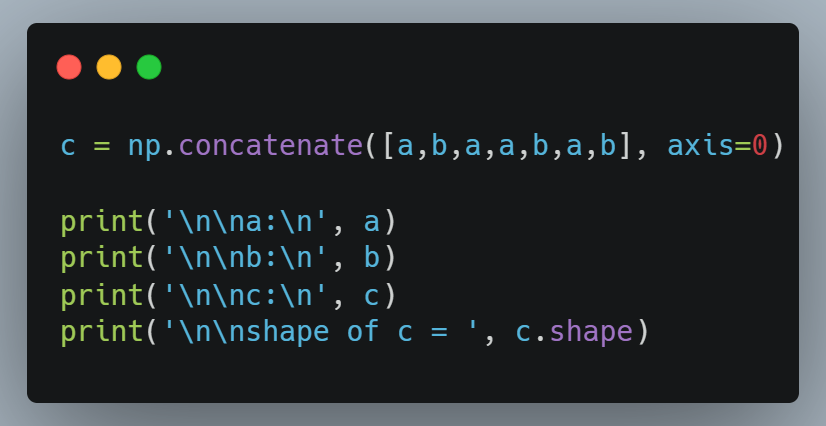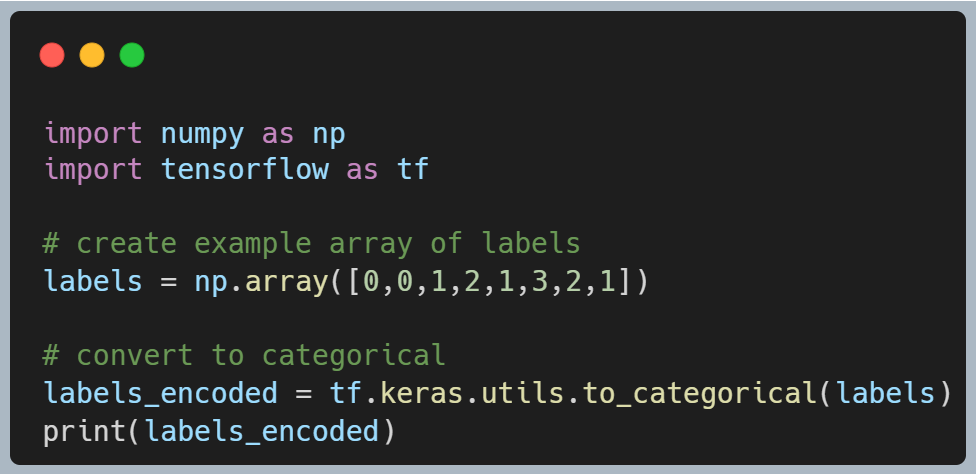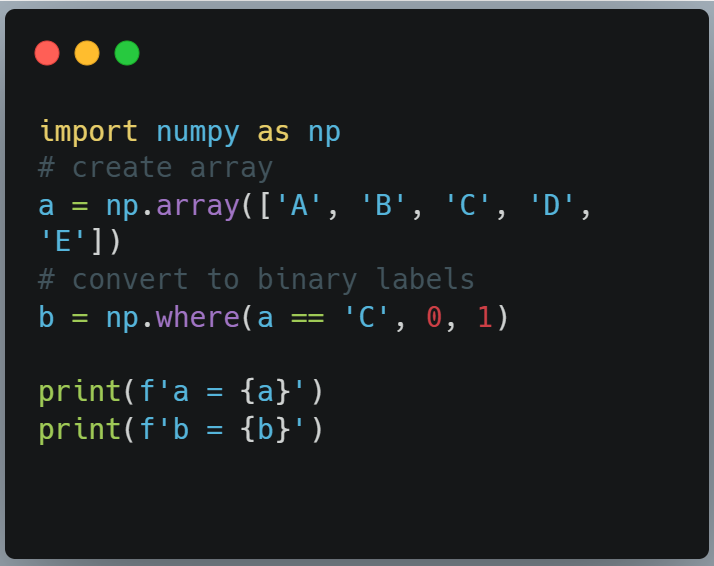Loops are used when one wants to repeat a set of commands several times (iterations). For example,when you want to apply a set of operations on elements of a list, by choosing one element at a time, you can use a python loop.
There are two types of loops:
- For loop
- While loop
For loop:
For loop is used when we want to run the set of commands for a known or defined number of times. Few of the ways in which we can use the “for loop” is as follows:
for i in range(10):
print(i)
range(start, stop, step)Here the range(10) function will create number in sequence starting from 0 and ending at 9. The value of i will thus stat from 0 and increase by 1 in each iteration stopping at 9
The general format of range function is:
range(start, stop, step)By default the value of step is 1.
The other way of running for loop is:
mylist = ["a", "b", "c"]
for i in mylist:
print(i)
mylist = ["a", "b", "c"]
for i, element in enumerate(mylist):
print(f'index: {i}, element: {element}')a
b
cHere, the for loop iterates over each element in the list (mylist). In the first loop the value of “i” is “a”; in the second loop the “i” has the value of “b”; and so on.
The enumerate function allows us to simultaneously iterate over the elements of a list as well as yielding the indices of the current element in the list in a particular iteration.
mylist = ["a", "b", "c"]
for i, element in enumerate(mylist):
print(f'index: {i}, element: {element}')index: 0, element: a
index: 1, element: b
index: 2, element: cThis is useful when you might need to access the elements of other lists relative to this index in the loop.


